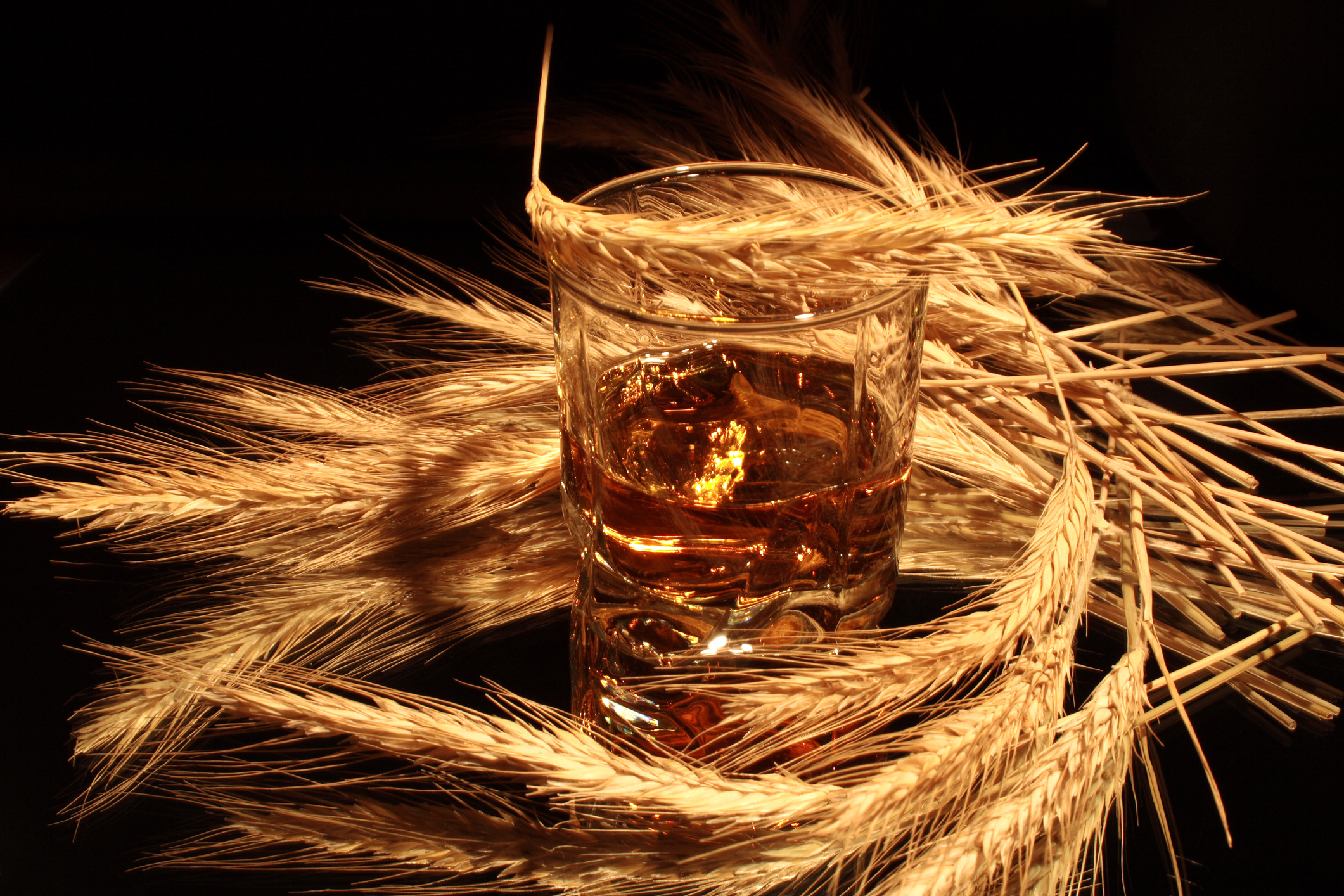One thing has often intrigued me. We use four main cereals to make whisky, and other grain-based spirits – namely barley, wheat, maize (corn-on-the-cob) and rye.
Only barley can be used to make malt whisky, but a wheat-barley mix is used to make grain whisky. Maize was once widely mashed to make grain whisky but now only one Scots grain distillery uses it, imported incidentally from France, not the US. In America, rye is used to make rye whiskey (as they spell it across the pond) but rye is never used in Scotch whisky making and has largely disappeared as a crop from UK farmland.
Why? Well, in the past rye was prone to an easily-missed infection called ergot, caused by the fungus claviceps purpurea. If people ate infected rye bread or other foods, they suffered everything from burning sensations in their limbs to severe hallucinations. It was known as St Antony’s Fire and those it hit took a long time to fully recover. Some never did, and the unluckiest ones died.
However, for centuries rye has been a popular crop, especially in northern and eastern Europe, partly because it can grow in poor soils that could not sustain wheat or barley—and winter rye will survive cold and adverse conditions that would leave winter wheat and barley decimated.
Dark rye bread (pumpernickel and others) is widely eaten in Germany, Poland, the Baltic States and further east. Some rye breads are advised for the gluten-allergic and rye is used to make crispbreads. But overall demand for rye has shrunk in recent years and rye cultivation has dwindled with it.
However, in the US whiskey industry, after years of decline, rye whiskies are now on the ascendant. By law, a rye whiskey must be made from a minimum 51% rye mash, with maize and malted barley making up the rest. “Straight rye” means whiskey from one distillery, as against a blend. Now all the big names – Jack Daniels, Beam Suntory, Sazerac, Bulleit – are offering rye variants of their best-known brands, with some specialist shops in Britain already stocking them. Time for a rye smile.
